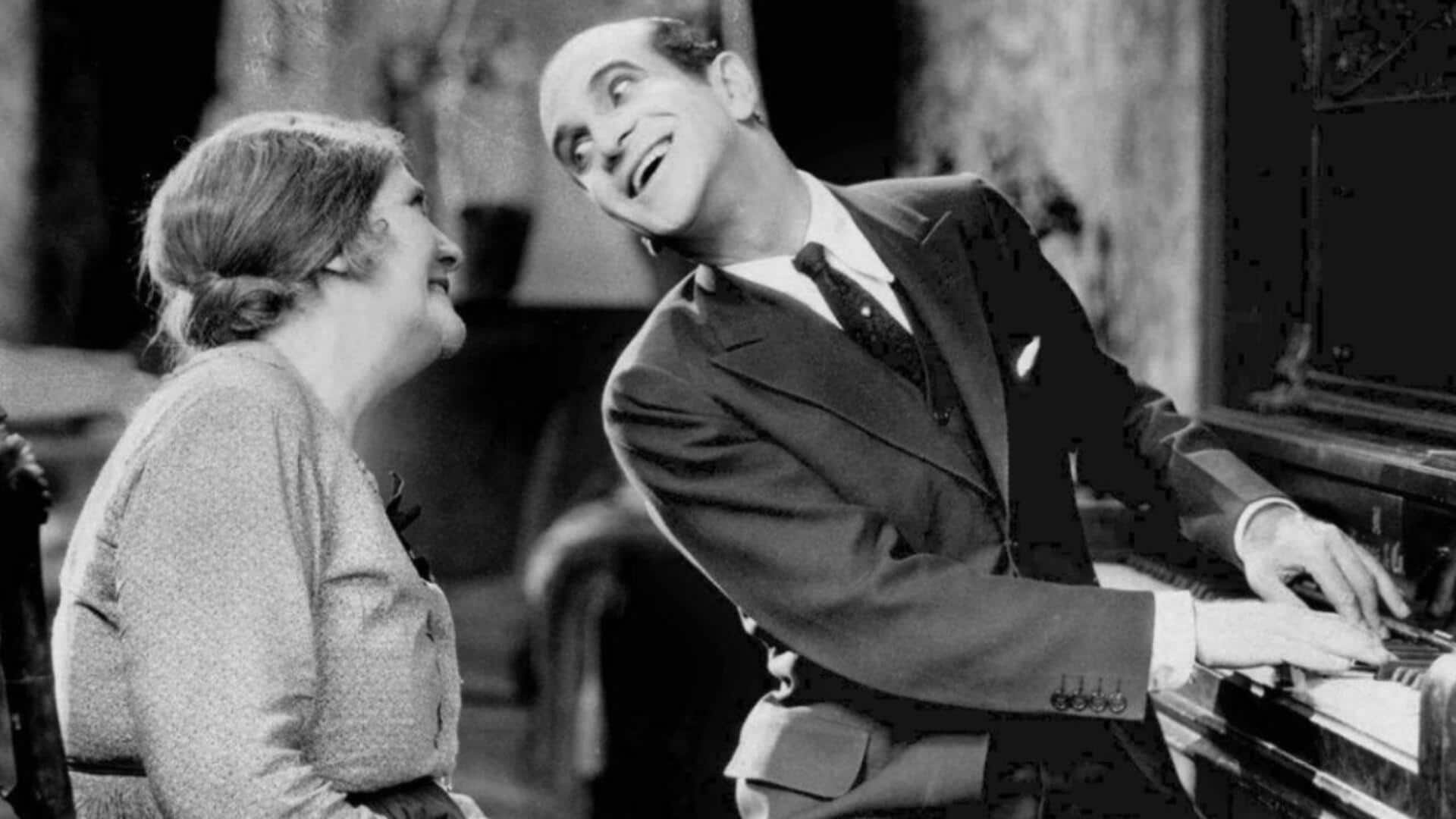
The secret power of soundtracks in American cinema
What's the story
Soundtracks have played an integral role in defining the cinematic experience in US cinema. From the silent film era to today's blockbuster hits, music has always been at the heart of storytelling. Over the decades, soundtracks have transformed drastically, mirroring shifts in technology, audience tastes, and cultural trends. Here, we look at key developments that changed how soundtracks are made and perceived in American films.
#1
The silent era's musical accompaniment
Back in the days of silent film, screenings would often be accompanied by live musicians to elevate the experience. Pianists or small orchestras would perform live music according to the tone of each scene. While this gave a personal touch, it also meant that no two screenings would be exactly alike, based on how the musicians interpreted it. As films gained popularity, standardized scores were created to ensure uniformity across theaters.
#2
The introduction of synchronized sound
The late 1920s also marked a turning point with the introduction of synchronized sound technology. The Jazz Singer, which was released in 1927, was one of the first films to feature synchronized dialogue and music. This innovation revolutionized filmmaking by allowing directors to integrate pre-recorded soundtracks directly into their movies. It paved the way for more complex musical compositions and helped establish Hollywood as a global entertainment hub.
#3
Rise of original scores and composers
As cinema progressed, original scores became even more essential. Legendary composers such as Bernard Herrmann and John Williams appeared during this time, composing unforgettable themes that became synonymous with their respective films. Original scores enabled filmmakers to create unique auditory experiences customized for their stories, while also giving composers new creative avenues to explore within Hollywood's burgeoning industry.
#4
Influence of popular music on soundtracks
In recent decades, popular music has played an influential role in shaping movie soundtracks across genres. Rom-coms often feature chart-topping hits by contemporary artists like Adele or Taylor Swift. Action-packed blockbusters incorporate rock anthems from bands like AC/DC or Led Zeppelin. Today, soundtrack selections often reflect current musical trends alongside traditional scoring techniques seen throughout cinematic history.
#5
Digital revolution's impact on soundtrack production
Over the years, the digital revolution has changed soundtrack production processes drastically. Digital audio workstations (DAWs) allow composers more flexibility. They can create complex arrangements without sitting in giant orchestras. Online platforms give filmmakers access to vast libraries of pre-existing tracks. These tracks can be licensed quickly and affordably. Altogether, it has completely changed the process. These include hiring studio musicians/orchestrators to manually produce custom pieces tailor-fit for specific scenes.